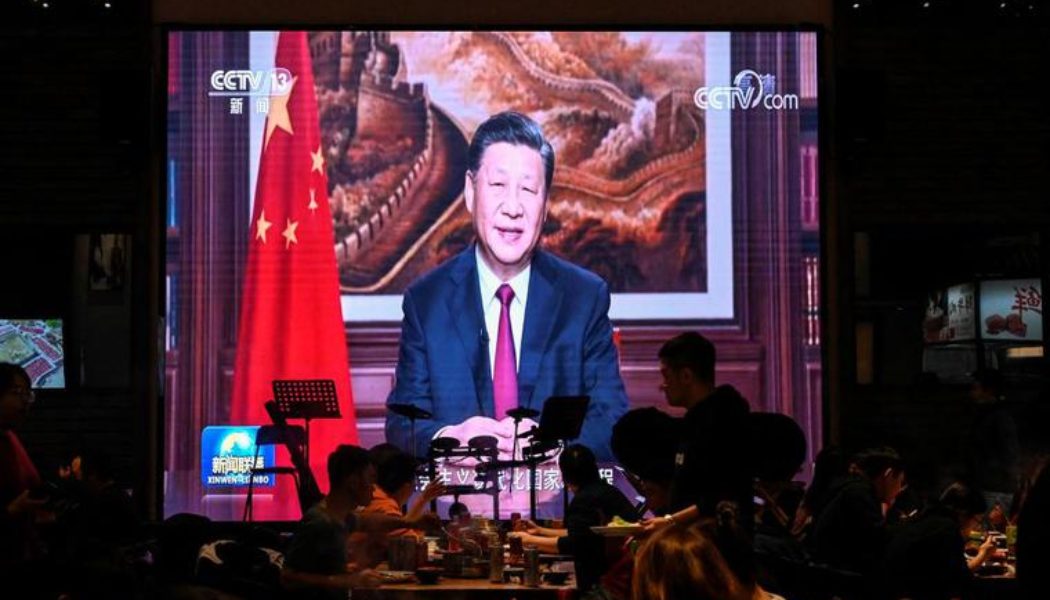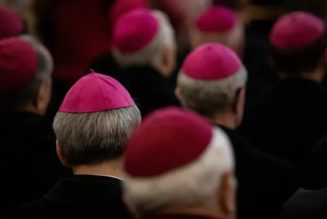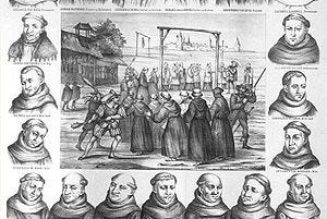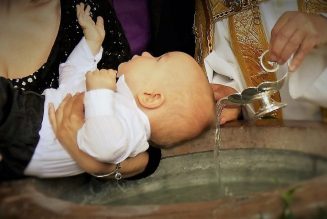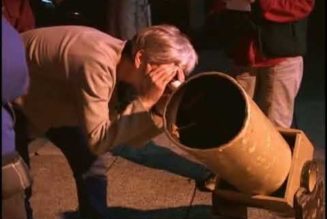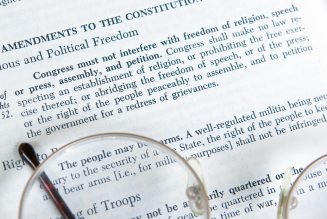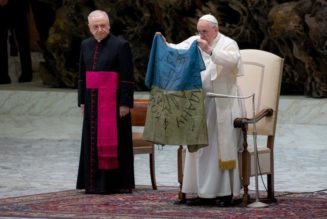
COMMENTARY: Being co-opted by a corrupt regime is worse than being controlled by it — that’s the lesson relevant to China today.
The Winter Olympics in China are about to open, a welcome propaganda exercise for an authoritarian regime.
Eight years ago at Sochi 2014, Vladimir Putin took a vainglorious turn on the world stage, promising a return to imperial glory for the hungry Russian bear. As soon as the Olympic torch was extinguished, Putin invaded Ukraine and annexed Crimea.
Russia has been making trouble — armed and otherwise — ever since in Ukraine’s eastern territories. This winter, 100,000 Russian troops are massed on the Ukraine border and NATO is sounding the alarm about a possible invasion.
Meanwhile across the globe in China, the Chinese Communist Party (CCP) has been flexing its muscles for the last several years, particularly in eliminating religious freedom and civil liberties.
Ominously, it was recently reported that several bishops and other officials from the Chinese Catholic Patriotic Association — the CCP-approved “church” controlled by the regime — met with Catholic leaders to Hong Kong to instruct them on the CCP “Sinicization” agenda.
Sinicization is the policy of Chinese president Xi Jinping and has been described by the U.S. Commission on International Religious Freedom as “a far-reaching strategy to control, govern, and manipulate all aspects of faith into a socialist mold infused with ‘Chinese characteristics.’”
What lessons might be learned from Russia-Ukraine that would apply to the Catholic situation in China today?
Comments last year from Patriarch Sviatoslav Shevchuk of Kjiv, one of the most insightful and courageous Catholic prelates anywhere, are illuminating. The head of the Ukrainian Greek Catholic Church (UGCC), the largest of the Eastern Catholic Churches, was speaking on the 75th anniversary of a painful chapter in his Church’s history, the 1946 Lviv sobor.
A sobor in the East is analogous to a “synod” of bishops in the West, though a sobor has actual governing, not only advisory, authority.
In 1946, with Stalin consolidating his World War II gains in Eastern Europe, he ordered the liquidation of the UGCC. Soviet officials then convened, by force, a sobor of the UGCC in the western city of Lviv. Ukrainian Catholics refer to it as a “pseudo-sobor” as it did not include all the legitimate bishops and was convened improperly.
The Lviv pseudo-sobor renounced the 1596 “Union of Brest” by which the UGCC returned to full communion with Rome. The pseudo-sobor, under duress, declared their Church to be in communion with the Russian Orthodox Patriarch of Moscow.
What followed was a fierce persecution for those who rejected the decisions of the fake sobor. The UGCC became the largest underground religious group in the world. For 44 years, Ukrainian Catholics only had religious freedom outside of Ukraine. The liquidation of the UGCC gave rise to a remarkable story of fidelity, martyrdom and eventually restoration.
Patriarch Shevchuk, on the 75th anniversary last year, spoke of the effect on the Orthodox, the supposed beneficiary of Stalin’s policy. In 1942, Stalin had revived the Russian Orthodox Church in order to build up national solidarity in the fight against Hitler; it became akin to a branch of the state.
“The Lviv pseudo-sobor, in my opinion, was a great humiliation of the Russian Orthodox Church,” Patriarch Shevchuk said. “I don’t think the Russian Orthodox Church needed such a ‘gift’ from Stalin.”
Being co-opted by a corrupt regime is worse than being controlled by it.
That’s the lesson relevant to China today. The Christian Church, which was illegal for nearly three centuries under the Roman Empire, knows how to live under persecution. Indeed, the blood of the martyrs has been recognized as the seed of new Christian witness since those early centuries.
Archbishop Shevchuk’s comments draw attention to the danger facing the Church when it becomes compromised by an authoritarian regime. The UGCC survived Soviet persecution. The Russian Orthodox Church is still healing the memories of its control by the Soviet regime, and is even now working out how close it ought to be to the regime of Vladimir Putin. Ukraine, as it was 75 years ago, is the flashpoint.
The lesson from Ukraine is that the underground Church loses its liberty, but the “official” Church loses its integrity and thus its credibility. The story of the Moscow Patriarchate under Soviet communism is complex; it was not part of the state apparatus as the Patriotic Association is in China. Thus the lessons learned during the Soviet period apply all the more to the Patriotic Association in China.
Now that the Patriotic Association is promoting “Sinicization” for the Church in Hong Kong, those lessons are facing the Church there. The secret “provisional agreement” between the Holy See and China, which grants the CCP a role in the appointment of bishops, does not apply to Hong Kong. Nevertheless, the delay in appointing a new bishop for Hong Kong was in part due to objections from Beijing over the Holy See’s candidate.
As pressure is brought to bear upon the last remnants of Catholic freedom in China, the Holy See’s challenge is to ensure that the witness of the underground Church is what will be remembered in the decades ahead, and not the complicity of the Patriotic Association. The Holy See, should it cooperate too closely with the CCP, risks the same humiliation visited upon the Russian Orthodox Church by Stalin in 1946.
Join Our Telegram Group : Salvation & Prosperity
